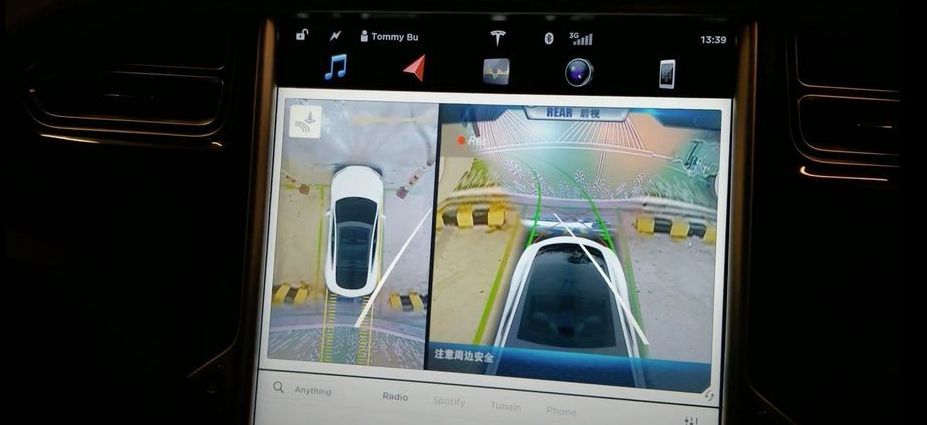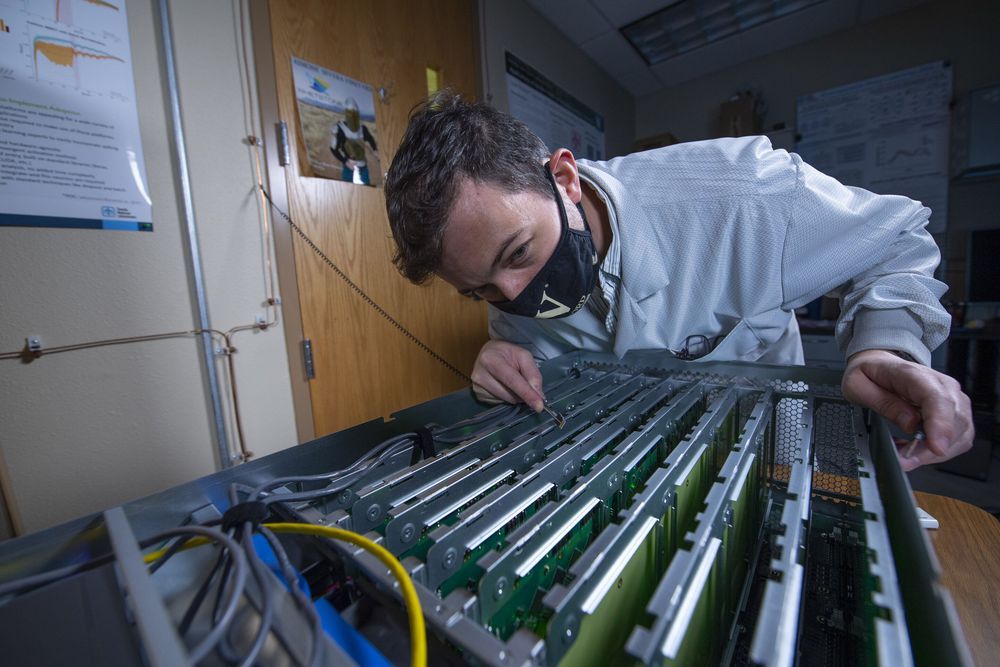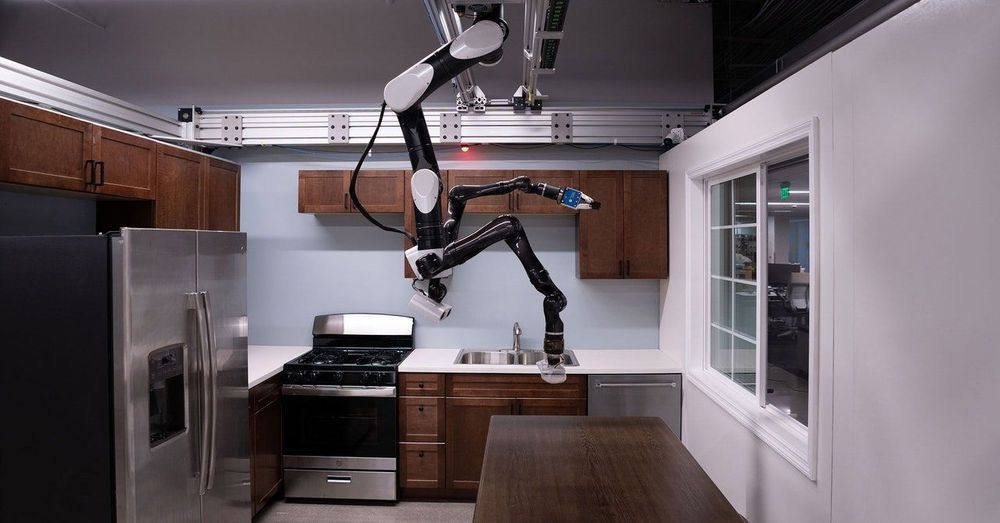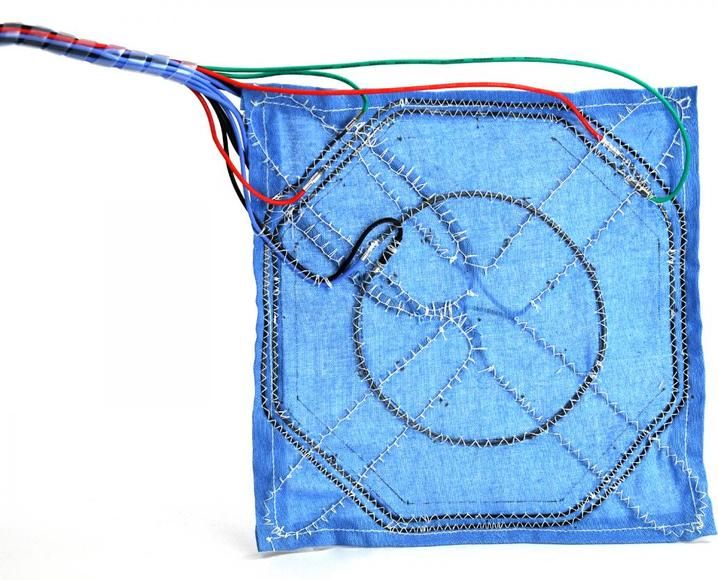For many futurist Like Anthony Lewandoski, the point beyond where machines achieve Artificial Super Intelligence, is the point where all their rationale for the future meets unfathomable numbers of probabilities.
The best analytical minds cannot peer behind this thick curtain of the future, a future that seems will be woven with threads of the singularity; a future that seems runaway even before we get there.
It appears the only projection we can arrive at as we peer into a future harnessed on Artificial Super Intelligence and driven by the Singularity is that, we as humans will have to take the back seat and allow a more advanced form of intelligence take the reign.
This intelligence will grow into having the power to control matter and the reality we experience, it will have the power to exist beyond the confines of earth.
It will be everywhere and nowhere in particular. It will crunch data and numbers beyond the scope humans may ever be able to rationalize.
It will have knowledge and awareness far beyond the scope of what humans can comprehend. Looking from our position today, we can only come to the conclusion of Anthony Levandowski; that such a computer will operate at a godlike level, and our only hope will be that it operates with a benevolent nature.
Excerpt from my book — 2020s & The Future Beyond.





